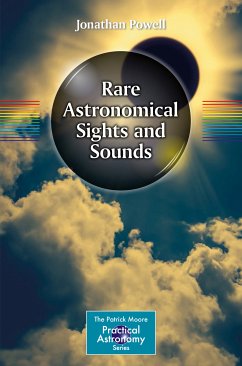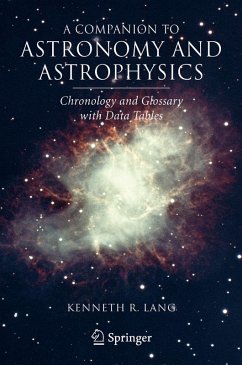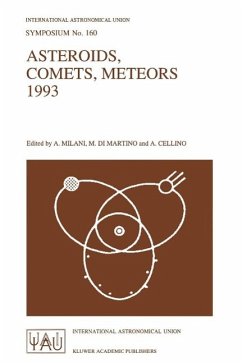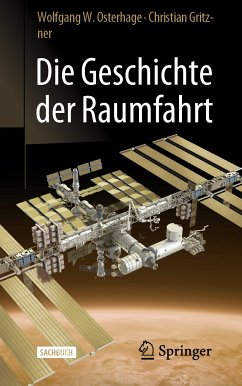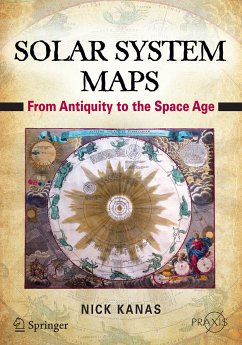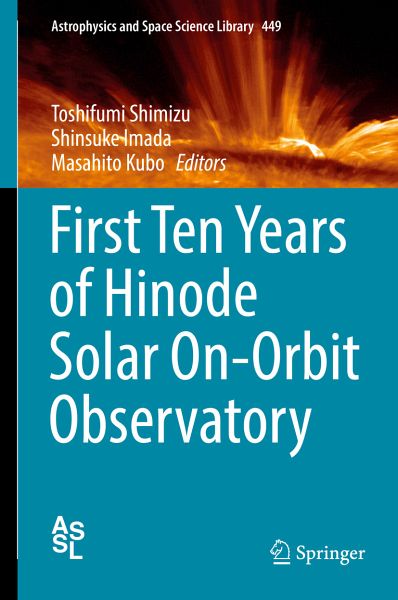
First Ten Years of Hinode Solar On-Orbit Observatory (eBook, PDF)
Versandkostenfrei!
Sofort per Download lieferbar
120,95 €
inkl. MwSt.
Weitere Ausgaben:

PAYBACK Punkte
60 °P sammeln!
This book provides the latest scientific understanding of the Sun, sharing insights gleaned from the international solar physics project Hinode. The authors (who are the main project contributors) review, from the various viewpoints, the discoveries and advances made by the on-orbit operations of the Hinode spacecraft in its first decade. Further, they present a wealth of scientifically important photographs and data from Hinode.Launched in September 2006, Hinode is the third Japanese solar observatory on orbit, and employs three highly advanced telescopes jointly developed and operated with i...
This book provides the latest scientific understanding of the Sun, sharing insights gleaned from the international solar physics project Hinode. The authors (who are the main project contributors) review, from the various viewpoints, the discoveries and advances made by the on-orbit operations of the Hinode spacecraft in its first decade. Further, they present a wealth of scientifically important photographs and data from Hinode.
Launched in September 2006, Hinode is the third Japanese solar observatory on orbit, and employs three highly advanced telescopes jointly developed and operated with international partners. The book describes the background of these research topics, how the Hinode telescopes have tackled various challenges, and the scientific achievements and impacts in the first 10 years. Furthermore, it explores future perspective of researches in Japan.
The book will benefit undergraduate students interested in recent advance in the solar research, as wellas graduate students and researchers working in solar physics, the space sciences, astronomy, and plasma physics.
Launched in September 2006, Hinode is the third Japanese solar observatory on orbit, and employs three highly advanced telescopes jointly developed and operated with international partners. The book describes the background of these research topics, how the Hinode telescopes have tackled various challenges, and the scientific achievements and impacts in the first 10 years. Furthermore, it explores future perspective of researches in Japan.
The book will benefit undergraduate students interested in recent advance in the solar research, as wellas graduate students and researchers working in solar physics, the space sciences, astronomy, and plasma physics.
Dieser Download kann aus rechtlichen Gründen nur mit Rechnungsadresse in A, B, BG, CY, CZ, D, DK, EW, E, FIN, F, GR, HR, H, IRL, I, LT, L, LR, M, NL, PL, P, R, S, SLO, SK ausgeliefert werden.




